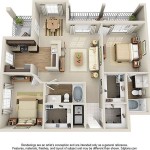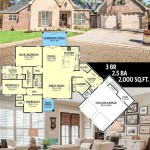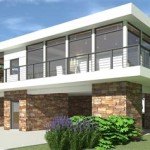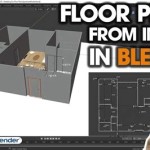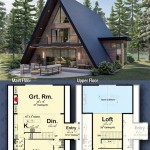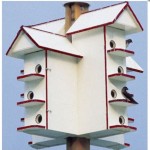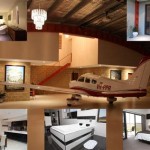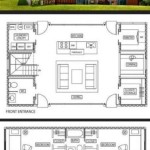Are you considering building a tiny house that is designed to last? Permanent tiny house plans provide an ideal way to bring your dream of a tiny home to life. Whether you’re looking for a small, efficient dwelling or a spacious, luxurious residence, a permanent tiny house is the perfect way to create a living space you can call your own. In this article, we will discuss the basics of permanent tiny house plans and explore how you can create a design that meets your needs.
Understanding the Basics of Permanent Tiny House Plans
A permanent tiny house plan is a blueprint for building a tiny home that is designed to last for years. Unlike traditional tiny house plans, which usually involve building a dwelling on a trailer, permanent tiny houses are built on a foundation, typically made of concrete or wood. By building on a foundation, you can create a more durable structure that is designed to withstand the elements. Additionally, permanent tiny houses can be designed with more features, such as larger windows, larger rooms, and more insulation, which can make them more comfortable and efficient.
How to Design a Permanent Tiny House Plan
When designing a permanent tiny house plan, there are several factors to consider. First, think about the size and shape of your tiny house. You will need to determine how much space you need for each room and the overall square footage of the dwelling. Additionally, you should consider the layout of the tiny house; for example, how many rooms will there be and where will they be located? Once you have an idea of the size and shape of your tiny house, you can begin to plan the design of the interior and exterior.
Materials and Building Techniques
When you are designing a permanent tiny house plan, you will need to think about the materials and building techniques that you will use. It is important to choose materials that are durable and will last for years, such as metal or concrete. Additionally, you should consider the type of insulation you will use to ensure that your tiny house is energy efficient. It is also important to consider the building techniques that you will use, such as framing, roofing, and siding.
Finishing Touches
Once you have designed the basic layout of your tiny house, it is time to add the finishing touches. This includes choosing the fixtures and finishes for the interior and exterior of the house, such as flooring, countertops, lighting, and paint. Additionally, you should consider the type of furniture and appliances you will need to make your tiny house comfortable and functional.
Conclusion
Permanent tiny house plans provide an ideal way to create a living space that is both efficient and stylish. By understanding the basics of tiny house plans and taking the time to plan and design your tiny house, you can create a permanent tiny house that meets your needs and lasts for years to come.

:quality(70)/d1hfln2sfez66z.cloudfront.net/05-06-2023/t_b72433de41ab43ae99bb91de06ab77a9_name_530p__Pierce_Tiny_Village_transfer_frame_1427.jpeg)













Related Posts

